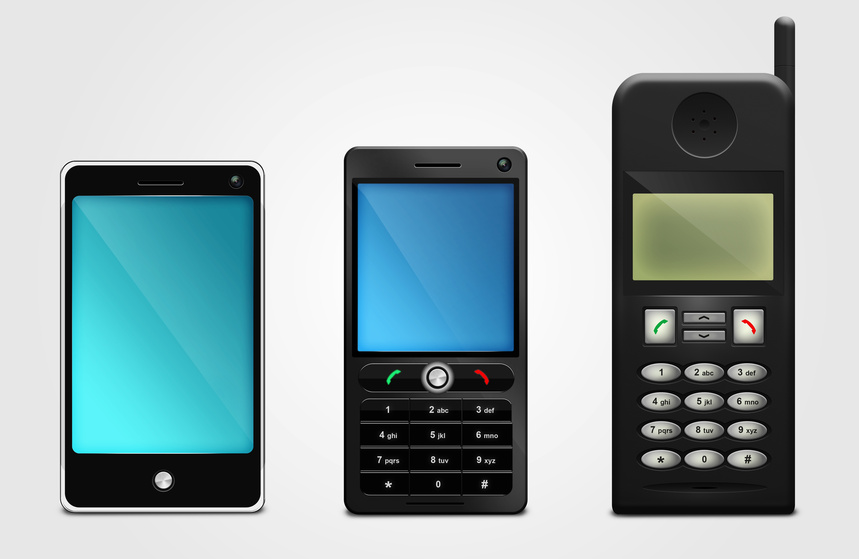Current projects

Electromagnetic Biometrics with a Smartphone (ENSURE Scholarship)
Supervisor(s): Dr Robert Edwards
Introduction: Smartphone technology is used every day by millions of people worldwide, with incredible power and versatility. Their number of uses is only limited by the amount of sensors and computation power that these devices have and lately, there have been an increasing interest for more serious types of applications, such as monitoring our houses with IP security cameras and the ability to detect and visualise anyone’s heartbeat.
Description of the project: This particular project aims at identifying key information on the immediate surroundings of a smartphone using information about the phone antenna.
But most importantly, our aim is to identify and measure the electromagnetic waves reflected back to the smartphone in order to analyse them and decide whether we are dealing with a human or a machine.
Smartphones are the best device to perform these types of experiments, as they often have more than 3 types of antennas, including Wi-Fi, 3G/4G and GPS, operating at frequencies between 800 MHz and 5GHz, as well as having a variety of sensors (light detection, multiple axis sensors, accelerometers, cameras...) all in one package.
We are looking at ways to measure the electromagnetic waves reflected by skin of users. It may then be possible to identify the type of user, for example man or machine and later to say how big the user might be and perhaps de cide if it is a child, man or women who is using the phone.
SEMCAD X is being used to simulate these types of situations in three stages: modelling, simulation and post-processing.
The modelling stage allows users to build electromagnetic sources and materials to be used in the simulation.
The simulation stage uses techniques, such as FDTD, to observe and monitor values for E and H fields as well as wave impedance and far field parameters.
The post-processing stage allows to view the results in several different modes, including: 2D graphs, stream line view, vector field view and spherical field view.
